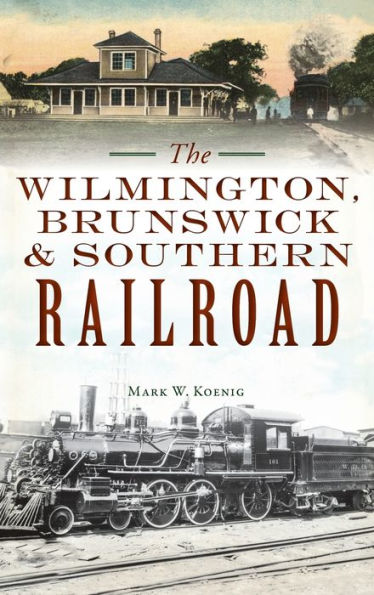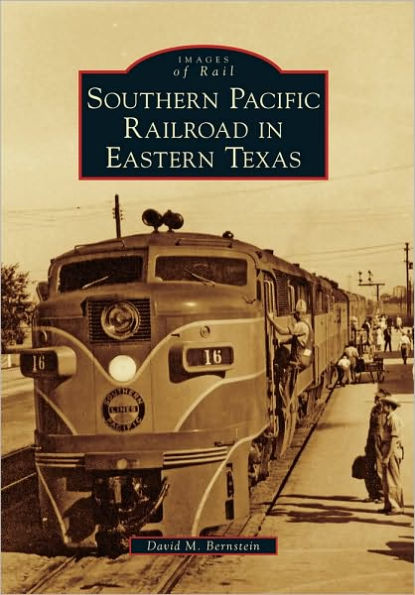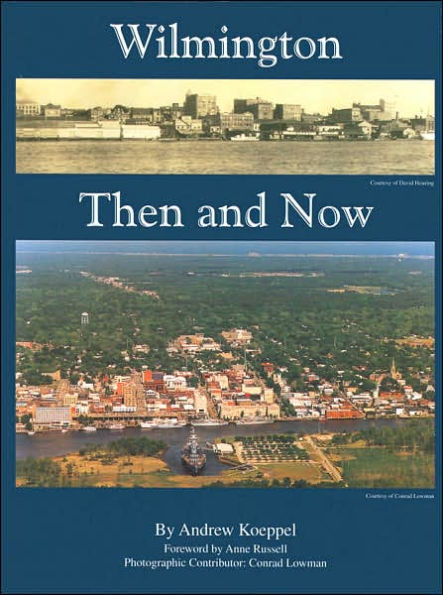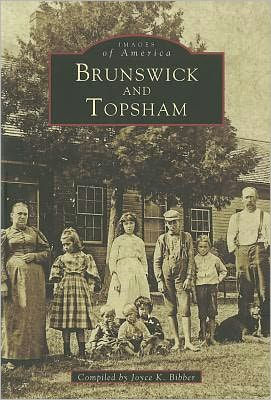Home
Wilmington, Brunswick & Southern Railroad
Barnes and Noble
Wilmington, Brunswick & Southern Railroad
Current price: $41.99


Barnes and Noble
Wilmington, Brunswick & Southern Railroad
Current price: $41.99
Size: OS
Loading Inventory...
*Product information may vary - to confirm product availability, pricing, shipping and return information please contact Barnes and Noble
At the turn of the twentieth century, railroads meant progress, growth and development.
In the 1890s Southport, North Carolina became the target destination for a major coaling terminal for ships sailing the Atlantic coast. A new terminal would require a railroad to bring in coal and other supplies. More than twenty companies were formed to pursue this idea over the years, with a few actual accomplishments, but most were purely speculative. Wearying the expectant town for more than twenty-five years, the vision for a great port was whittled down until local entrepreneurs finally built a 30-mile rail line to connect the town to Wilmington.
Local author and railroad historian Mark Koenig chronicles the short life of a short line and the long process of making it a reality.
In the 1890s Southport, North Carolina became the target destination for a major coaling terminal for ships sailing the Atlantic coast. A new terminal would require a railroad to bring in coal and other supplies. More than twenty companies were formed to pursue this idea over the years, with a few actual accomplishments, but most were purely speculative. Wearying the expectant town for more than twenty-five years, the vision for a great port was whittled down until local entrepreneurs finally built a 30-mile rail line to connect the town to Wilmington.
Local author and railroad historian Mark Koenig chronicles the short life of a short line and the long process of making it a reality.

















